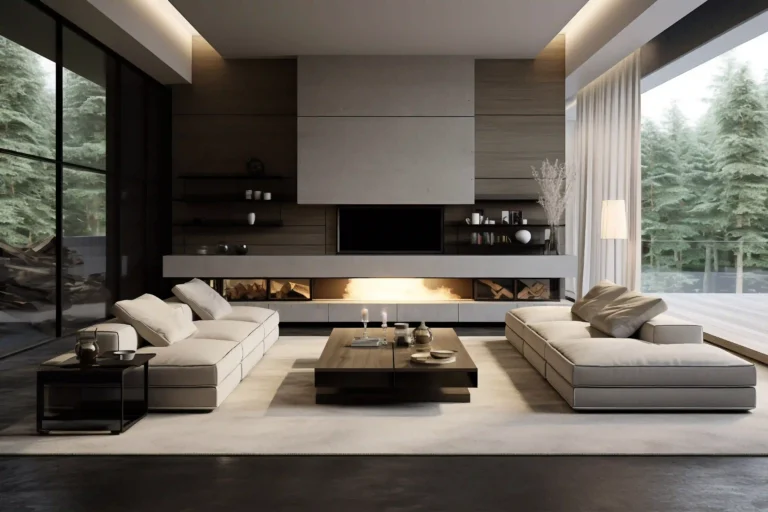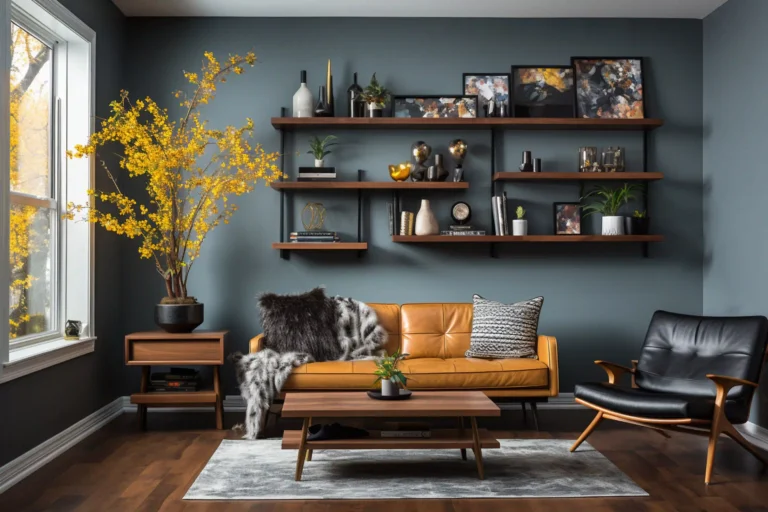Table of Contents
1. Introduction
Designing an interior that is comfortable, safe, and pleasing to older eyes is not about aesthetics only—it is about creating a space that feels home-like in every sense of the word: a sanctuary where one can go to be at peace, comfortable, and joyful. With aging, living spaces have to be changed; however, personal taste and style have to be maintained. Affordable senior home decor empowers us to respect that process of development by offering to seniors places in which functionality is combined with beauty, so they are loved and cared for in every single corner.
2. Knowing the Needs of Seniors
First of all, one must keep in mind the different needs of aging people when thinking about senior home decor. Whether it be reduced mobility or vision, there may be physical limitations that need to be accounted for when developing a space accessible to and safe for use. Other than the ability of their physical bodies, their surroundings could greatly impact the emotional well-being of seniors. A beautiful interior of a home has the potential to boost spirits, remember years of treasured memories, and provide a feeling of belonging. Personalization is important. By incorporating recognizable objects, colors, and textures, we can make the elderly feel linked to their past but present in today’s world.
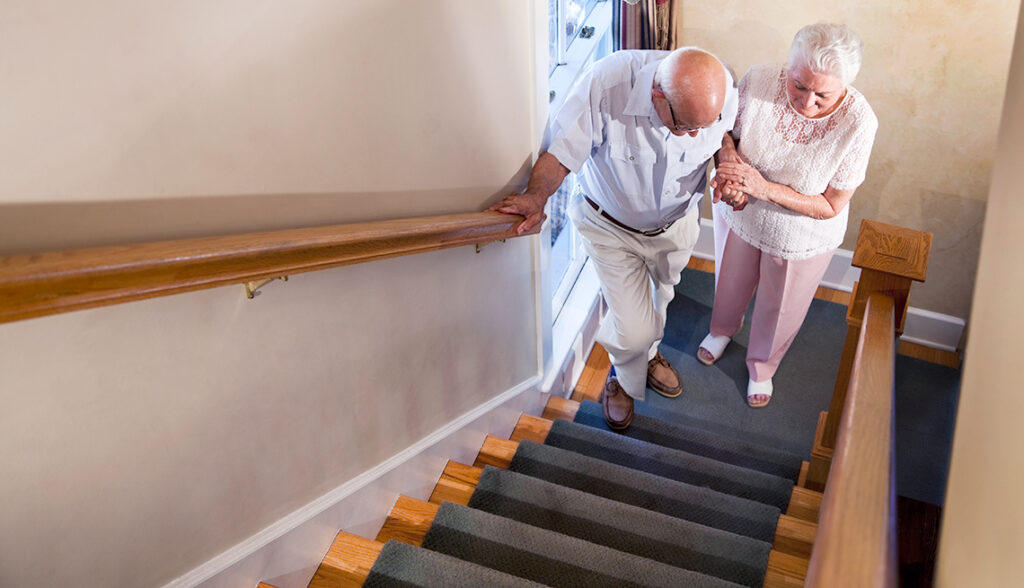
3. Budget-Friendly Tips for Senior Home decor
You need not sacrifice style or comfort when you decorate on a tight budget. In reality, a little ingenuity and imagination might just do wonders in redesigning any space without emptying your wallet. Smart shopping means checking out stores at cheaper price rates and exploring discount stores to form a habit of buying during sales. You never know how thrift stores and garage sales sometimes hide gems with a little bit of imagination that can be repurposed. The DIY way might also be an extremely fulfilling way of personalizing your space if you are a hands-on kind of person. Think handmade throw pillows, repainted furniture, or photo collages tailor-made for your picture collection. You can also scour online marketplaces, like Craigslist or Facebook Marketplace, for second-hand treasures with loads of character that don’t come with a hefty price tag.

4. Safe and Functional Furniture Choices
As we age, comfort becomes more than just a luxury—it is almost a requirement. When choosing furniture for a senior’s home, look for pieces that provide support and are easy to use. Adequate seating with proper lumbar support makes all the difference. This is especially true of reclining chairs that have lift-assist features. Multifunctional furniture, like storage ottomans or sofa beds, avails space and lends an added layer of convenience. Easy-to-clean materials guarantee that the home will be beautiful yet low maintenance so that the seniors can enjoy their space without the headaches of cleaning.
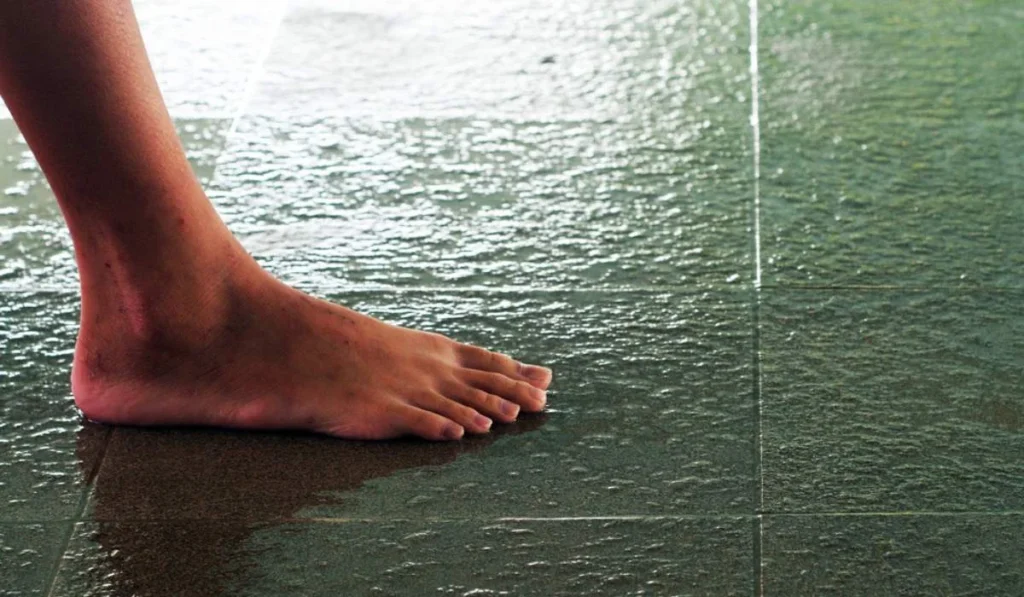
5. Building a Safe Space
Safety is one area that should not be compromised in any senior living space. The non-slip flooring options, whether it be carpet tiles or cushioned vinyl, will create warmth and limit the potential for falls. Adequate lighting is imperative; strategically placed lamps and night-lights and high-wattage bulbs set the backdrop for safety and improved visibility. Grab bars and handrails are necessities; however, they do not have to look institutional. Many modern designs blend seamlessly with home decor to ensure an added degree of safety without style sacrifice.
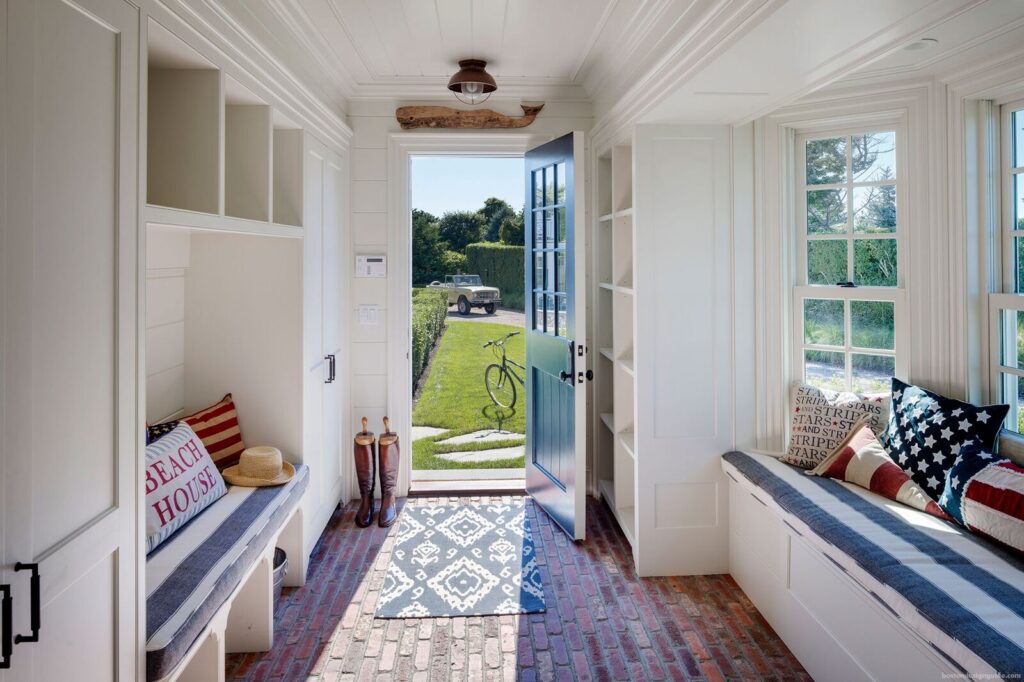
6. Decor to Encourage Emotional Well-being
The decor in a person’s home should form a part of their identity, for seniors, their immediate environment has to do its bit for their emotional well-being. Color has a huge bearing on mood—for example, soft blues, warm yellows, and earthy tones will help to create a calming atmosphere, while brighter accents will help lift energy levels and engender positivity. One can stay close to their loved memories by having personal mementos such as family pictures, heirlooms, or maybe even vacation souvenirs. One can also fight loneliness by designing spaces that allow social interaction; for instance, a comfortable reading room with sitting arrangements should be available.

7. Downsizing to Smaller Spaces
As the seniors downsize, the trend will be to create spaces that are functional but retain the element of dignity attached to them. Downsizing with dignity means making full use of the small spaces without overcrowding them. Go in for multi-functional furniture that serves a dual or triple purpose, like a dining table that could double up as your desk or even a bed with built-in storage. Open floor plans enhance mobility in going around the home while clever storage solutions such as under-bed drawers or wall-mounted shelves help keep the space organized and clutter-free.

8. Senior-Friendly Technology Integration
It’s through modern technology that quality of life can be drastically improved for a senior, especially when it is seamlessly integrated within the home. Smart devices—from voice-activated assistants to automated lighting systems—bring convenience and safety: the seniors can feel in control of their surroundings. In one’s choice of appliances and gadgets, simplicity is critical; seek those devices featuring large, easy-to-use buttons and clear interfaces. By seeking out a balance between these modern conveniences and some classic elements of design, the home will not seem so unfamiliar yet remain functional.
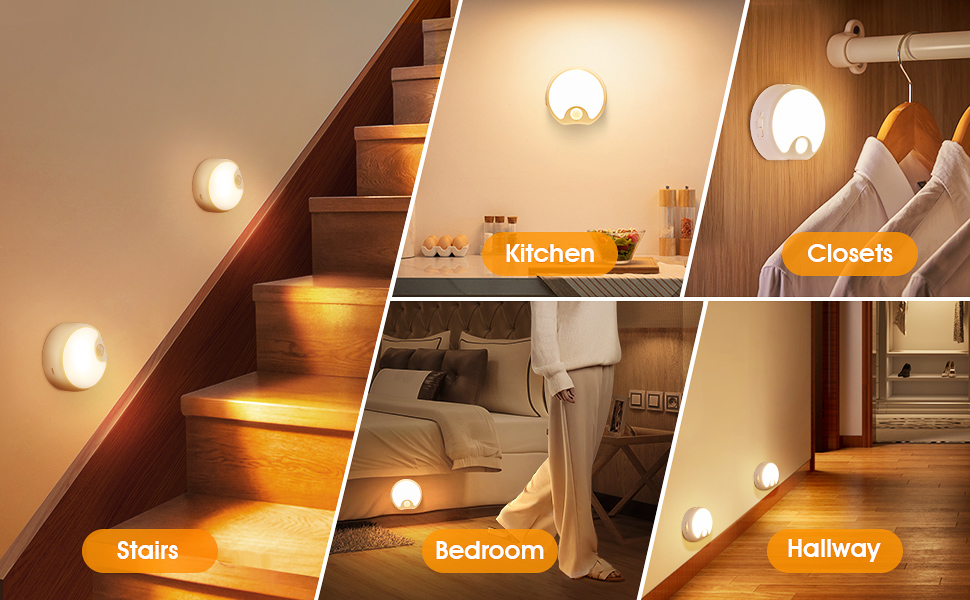
9. Sustainability and Eco-Friendliness in Decor
Sustainability is more than just a fad—it’s a responsible choice that will bring even greater comfort and beauty into the senior’s home. Eco-friendly materials, such as bamboo or recycled wood, are sustainable but also give warmth and natural beauty to a space. Energy-saving lighting and appliances lower utility costs and reduce one’s environmental impact. Indoor plants introduce freshness of the air and a touch of nature for serenity and rejuvenation.
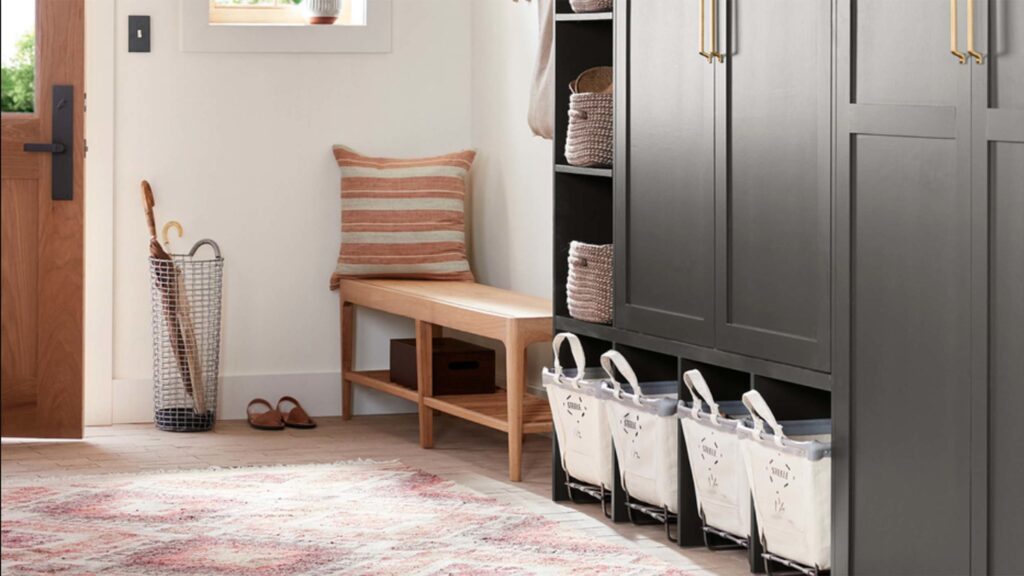
10. Seasonal Decor on a Budget
A seasonal change in decor will help a space feel refreshed and invigorated. Much more affordable seasonal decoration can be had by focusing on natural elements: pinecones and leaves in autumn and fresh flowers and greenery in spring. Simple, festive touches, such as a small Christmas tree or some well-placed ornaments at holiday time, will add a touch of celebration to the space without overwhelming it. Rotation of decor items keeps the feeling of continual renewal in a home.
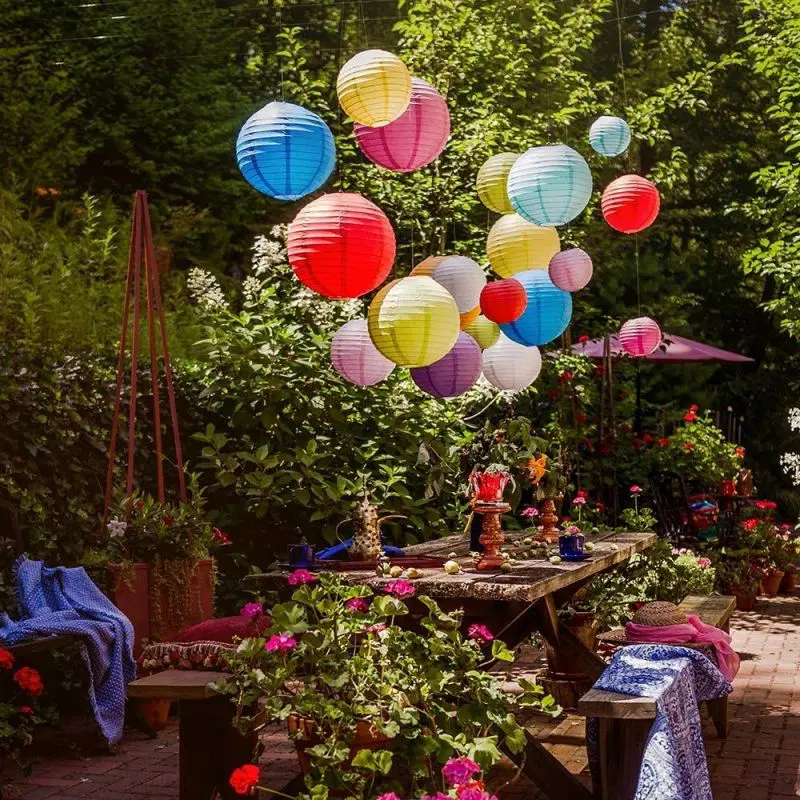
11. Design for Memory Care
Designing for older adults with memory impairment—those with dementia, for instance—is quite critical. An appealing environment may include familiar colors and patterns that will help trigger the memory and reduce anxiety. Among the tactics that aid in identifying space is the use of visual cues that label drawers or various areas colorfully to become an essential orientation tool. Keeping the pattern of furniture and items that decorate a room consistent helps provide a sense of routine and familiarity, important in minimizing confusion and helping residents feel secure.
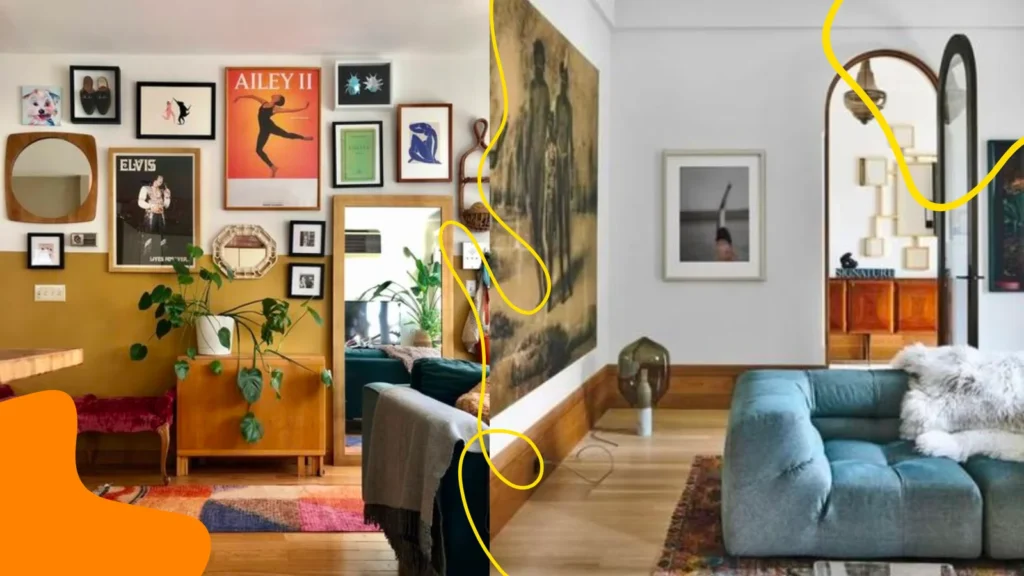
12. Outdoor Spaces: Inexpensive Garden and Patio Ideas
A well-designed outdoor space can be a haven for relaxation or enjoyment. Low-maintenance gardens with hardy plants needing minimal care will work beautifully for people who enjoy nature but do not have the strength to do intensive gardening. Comfortable outdoor furniture, like cushioned chairs or a glider, invites one to relax and rest; umbrella or pergola shade reduces the impact of the sun, enabling year-round accessibility and enjoyment in the outdoor space.
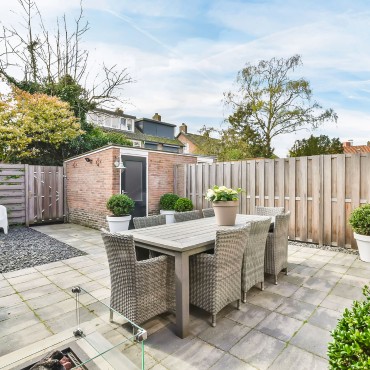
13. Incorporating Hobbies and Interests into Decor
A senior’s hobbies and interests are a part of his or her identity, so including them within the decor really makes the living space personal. Displaying collections such as stamps, coins, or ceramics adds a personal touch to their home and can help to keep interests alive. This can include hobby spaces—whether it’s just a little table for knitting or a painting nook—that seem to evoke creativity and offer self-definition. Any corner can be transformed into reading nooks, requiring only a comfortable chair and good light.

14. Maintaining Independence Through Thoughtful Design
One critical component of dignity is deeply tied to independence, and home design can make a huge difference in enabling seniors to maintain self-sufficiency. In ease-of-use layouts, promotion of accessibility means a better way of access to the most frequently used items and clear pathways. Accessible kitchen and bathroom designs, including pull-out shelves, lever handles, and walk-in showers, encourage self-reliance. Furniture and decor that assist with mobility further promote independence.
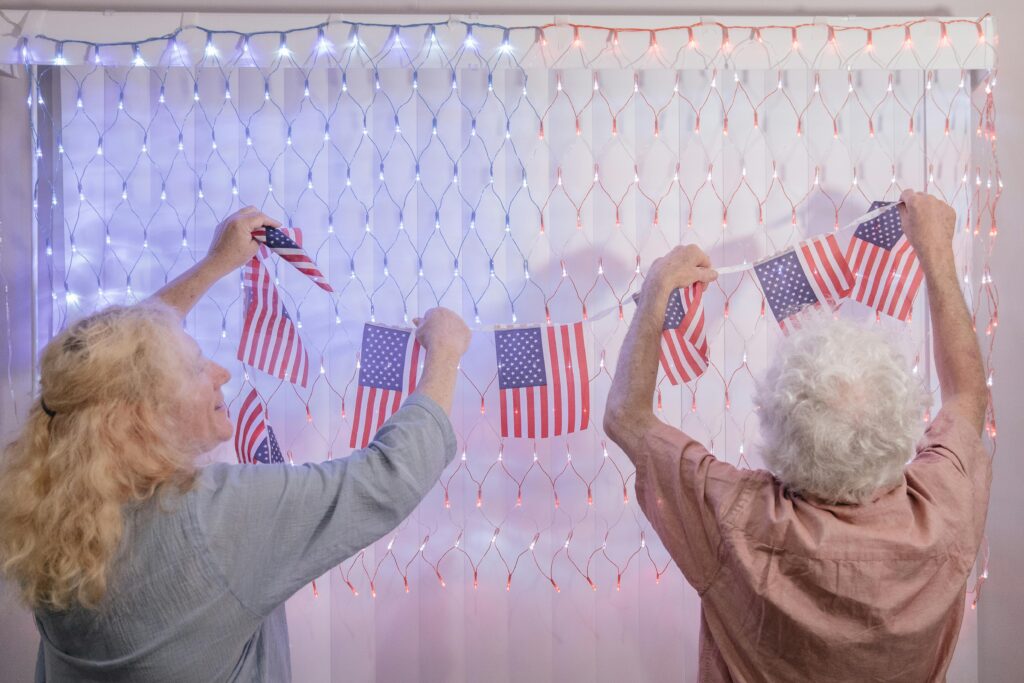
15. Budget-Friendly Decor Ideas for Different Senior Home Rooms
Each room in a senior’s home presents unique challenges; inexpensive decor ideas can easily be tailored to meet such needs. For a living room, comfortable seating, soft lighting, and personal touches like family photos or favorite blankets should be added to make it cozy and friendly. It should be comfortables and restful, with a supportive mattress, soft linens, and Colors that Calm. Next comes functional design in a kitchen—business use of appliances that are easy to use, clear counter space, and accessible storage.
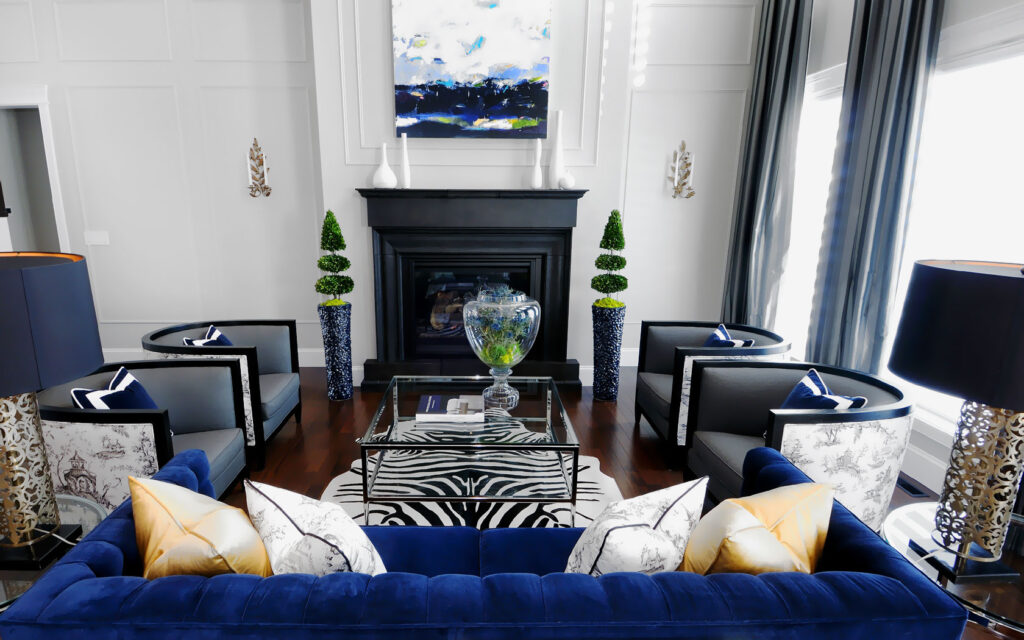
16. The Emotional Impact of a Well-Decorated Home
The well-decorated home does not only please the eye; it’s a haven nourishing to the soul. The interior decor can enhance mood, inspire joy, and make a person have a feeling of peace. A beautiful and well-planned space will mean that seniors wake up every day with a positive mindset in mind. Many stories of seniors who have renovated their living space reflect experiences of joy and pride in creating a home that really reflects who they are.

17. Encourage Family Participation in the Decor Process
It is a very beautiful thing to let them, as family members, get deeply involved with seniors in the decoration process. There will be chances for making memories and trying hard to make sure the space reflects the tastes and preferences of seniors while being instilled with love and tender care from their families. It is important to respect the seniors’ personality, creating an atmosphere that resembles their home with personal belongings around them and favorite colors. Projects like creating a family photo wall or restoring a treasured piece of furniture work beautifully in bringing generations together to add love and experience to a home.
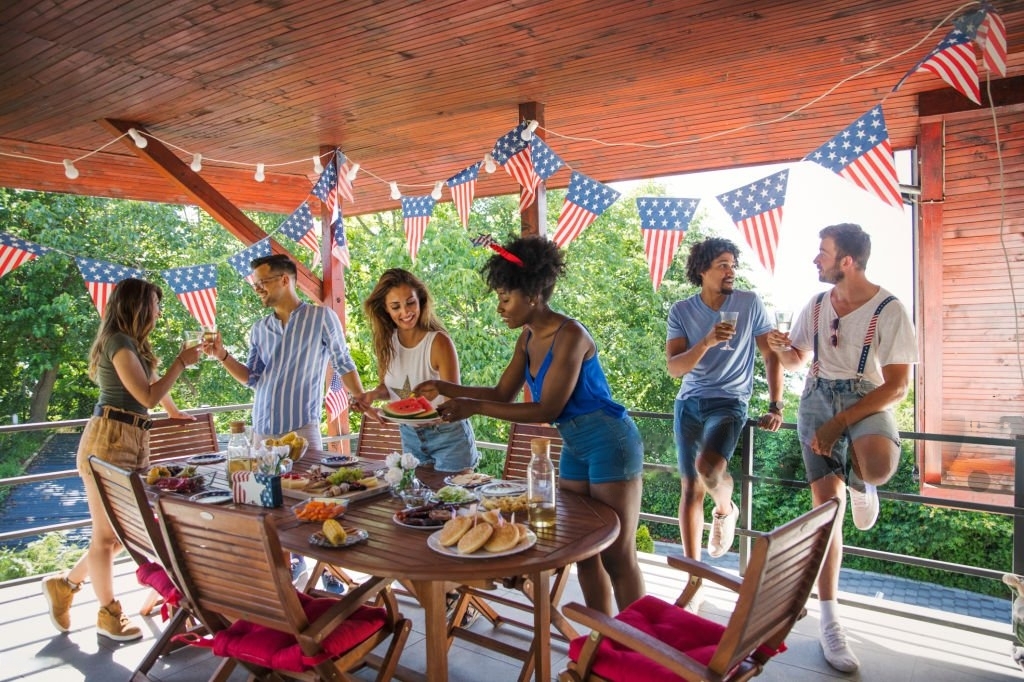
18. Case Studies: Real-Life Examples of Affordable Senior Home Decor
Hearing from others who have had success in decorating their senior homes on a budget provides inspiration and practical tips. Before-and-after transformations show how even small changes can make a big difference. Testimonials often relate emotional and physical benefits of having a well-decorated space by seniors and their families. Some of the practical tips would be to focus on just one room at a time or even prioritize comfort and safety, thus guiding others in their own decorating journey.
19. Resources for Inexpensive Senior Home decor
Fortunately, there are many resources available for someone who wants to decorate senior homes inexpensively. From endless inspirations and DIY ideas on websites and apps like Pinterest or Houzz to places that give the opportunity to find budget-friendly furniture and decor like Craigslist and Facebook Marketplace, donations are often provided by charities and other organizations, or items at low costs are given. Community resources—senior centers or church groups—are invaluable sources of support and advice locally.
20. Conclusion
Budgeting in interior design for senior homes takes more than just affordable ideas for affordable senior home decor. It’s about shaping a space that’s safe, comfortable, and characteristic in nature. Fusing thoughtfulness in design with budget-friendly strategies enables us to create truly beautiful, functional homes, which enhance the quality of life for our aging loved ones. Whether through smart shopping, DIY projects, or treasured items, it is all about creating spaces for seniors to call home.
People Also Ask
How can I decorate my house on a low budget?
Decorating your house on a low budget can be a deeply rewarding experience, allowing you to transform your space into a warm and inviting home without breaking the bank. Start by embracing DIY projects—handmade art, repurposed furniture, and personalized touches add charm and character. Shop smart at thrift stores, garage sales, and online marketplaces where hidden treasures await. Focus on small changes that make a big impact, like rearranging furniture, adding a fresh coat of paint, or incorporating affordable textiles such as throw pillows and curtains. Remember, it’s the love and care you put into your home that truly makes it special.
How do I change my home decor on a budget?
To change your home decor on a budget, think creatively. Swap out old accessories for new, inexpensive ones—think pillows, rugs, or wall art that reflect your personality. Try rearranging your furniture to give your space a fresh feel. Upcycling is your friend—paint an old dresser or reframe a favorite photo. Consider adding plants to breathe new life into your rooms. It’s not about spending a lot; it’s about choosing pieces that tell your story.
How can I decorate my old house?
Decorating an old house is an opportunity to blend the charm of the past with the comforts of the present. Embrace the history in your home—highlight original features like hardwood floors or antique fixtures. Add warmth with soft lighting, cozy textiles, and colors that complement the home’s character. Mix vintage finds with modern touches to create a unique space that honors the house’s age while making it feel like your own. It’s about infusing your personality into the history of the walls.
How to decorate a 100 year old house?
Decorating an old house is an opportunity to blend the charm of the past with the comforts of the present. Embrace the history in your home—highlight original features like hardwood floors or antique fixtures. Add warmth with soft lighting, cozy textiles, and colors that complement the home’s character. Mix vintage finds with modern touches to create a unique space that honors the house’s age while making it feel like your own. It’s about infusing your personality into the history of the walls.


